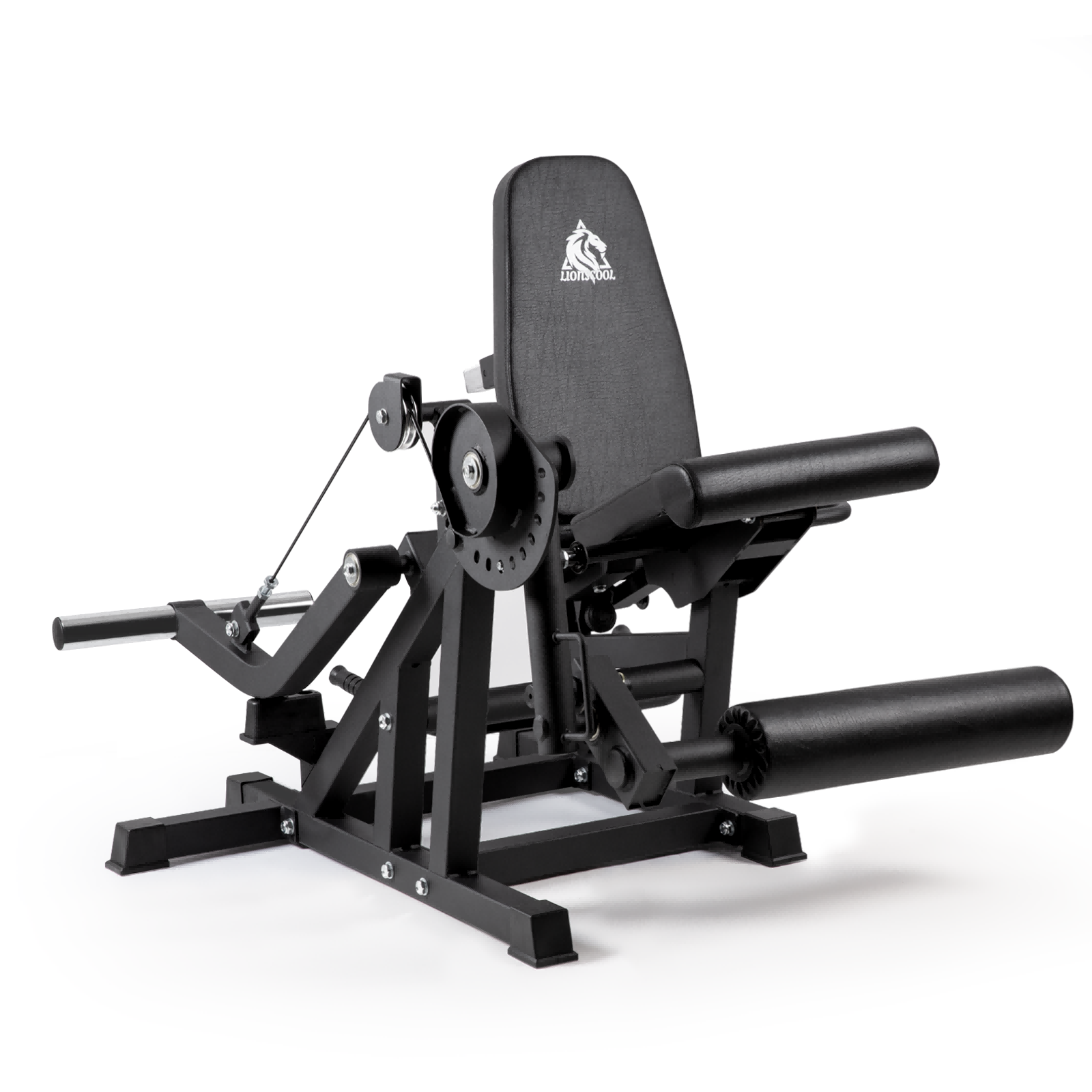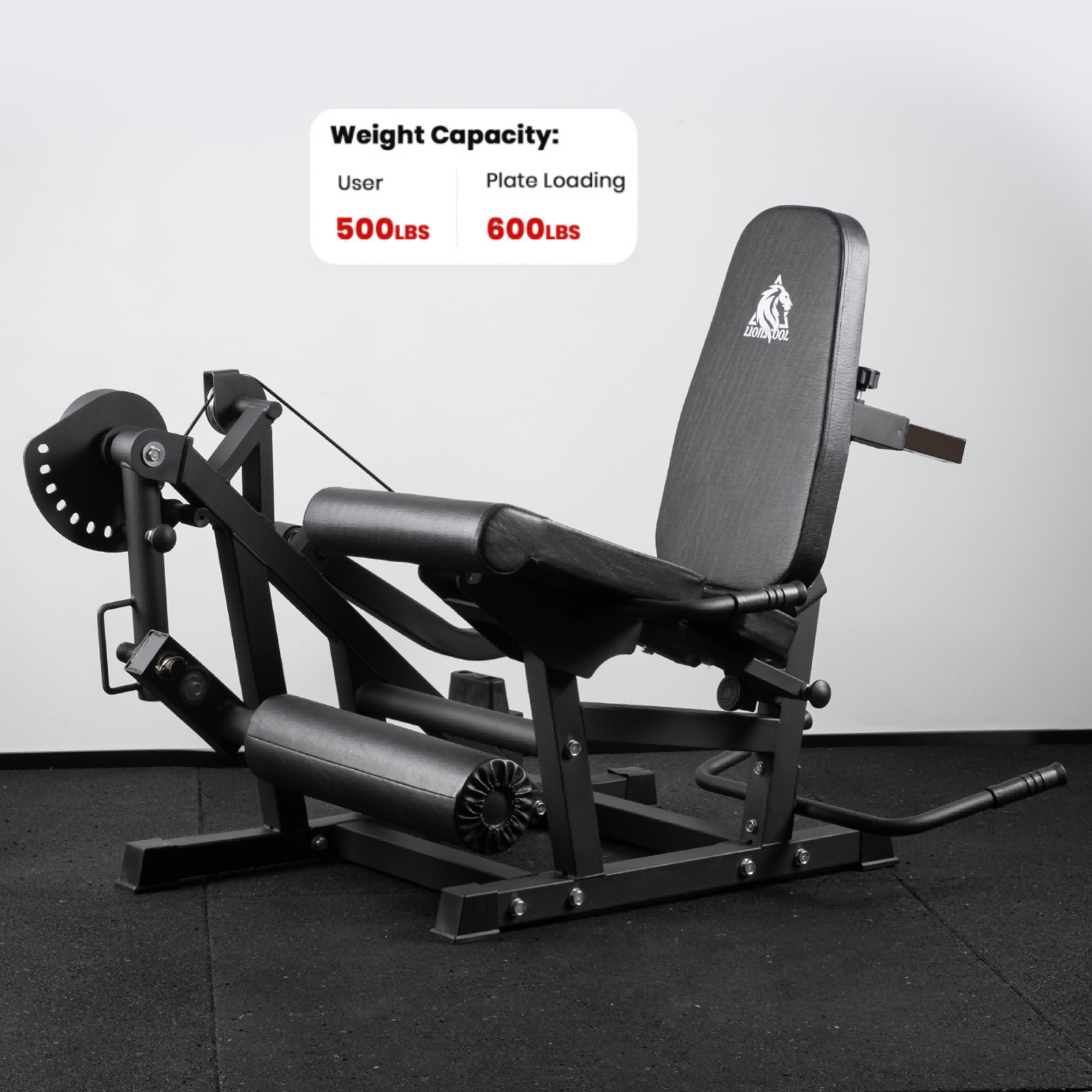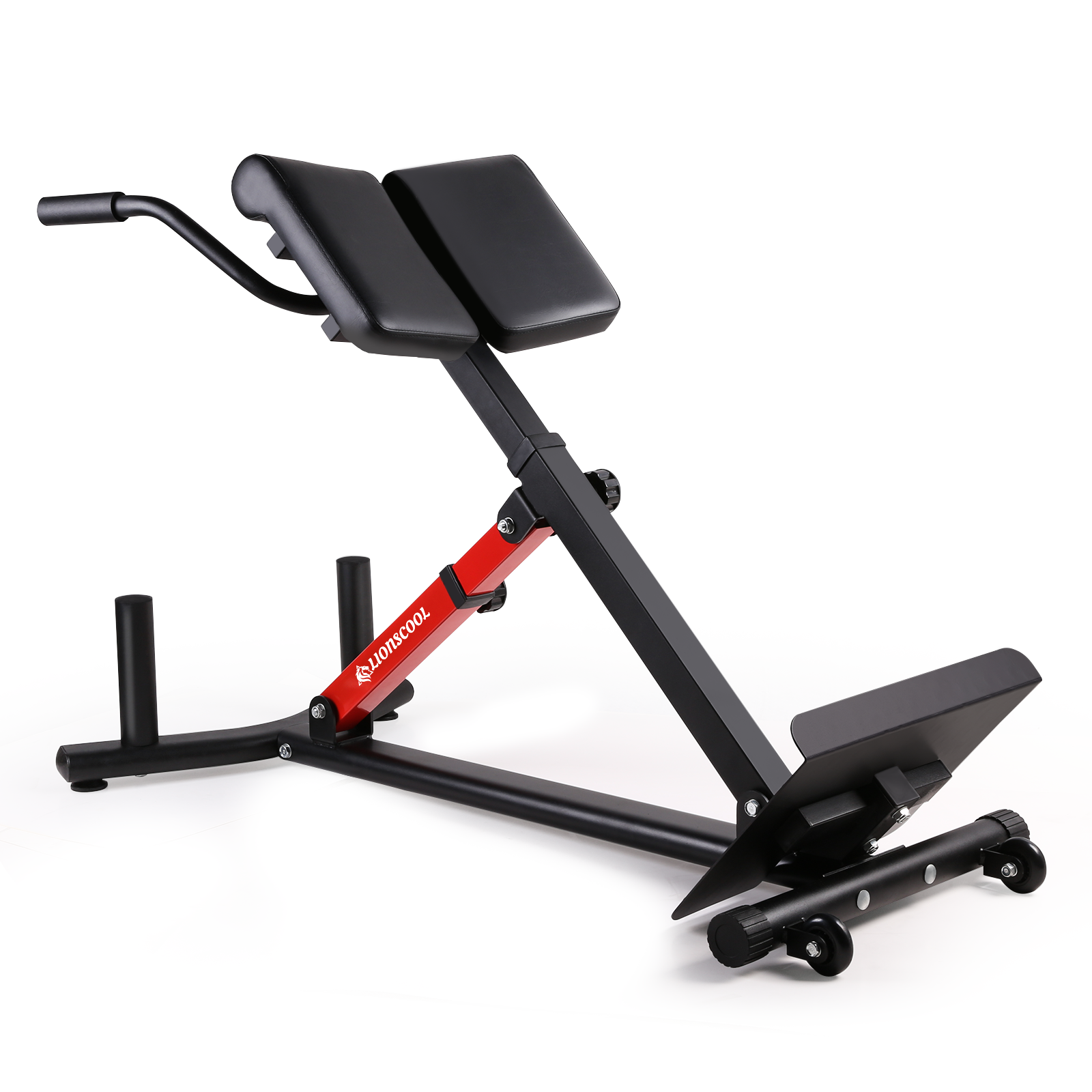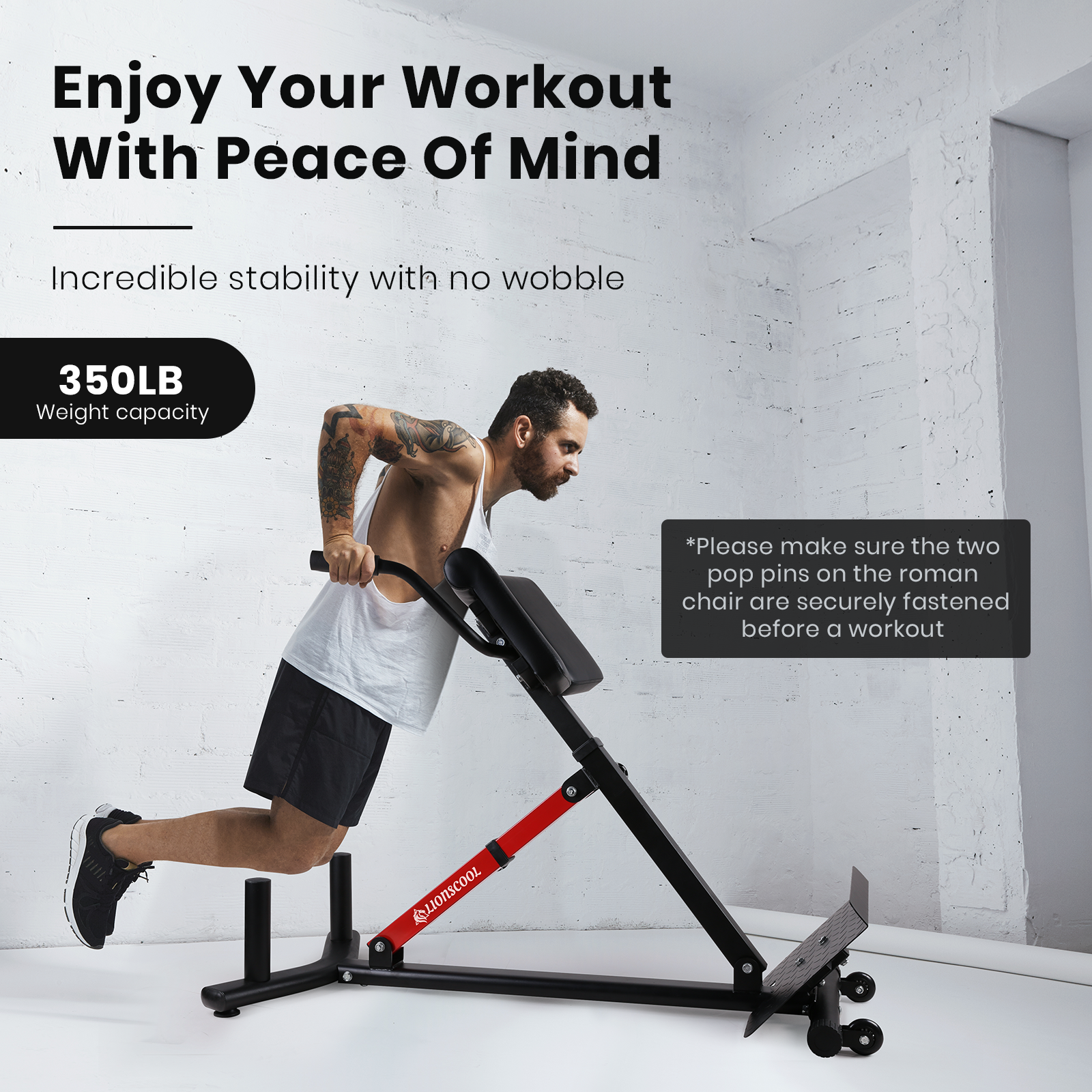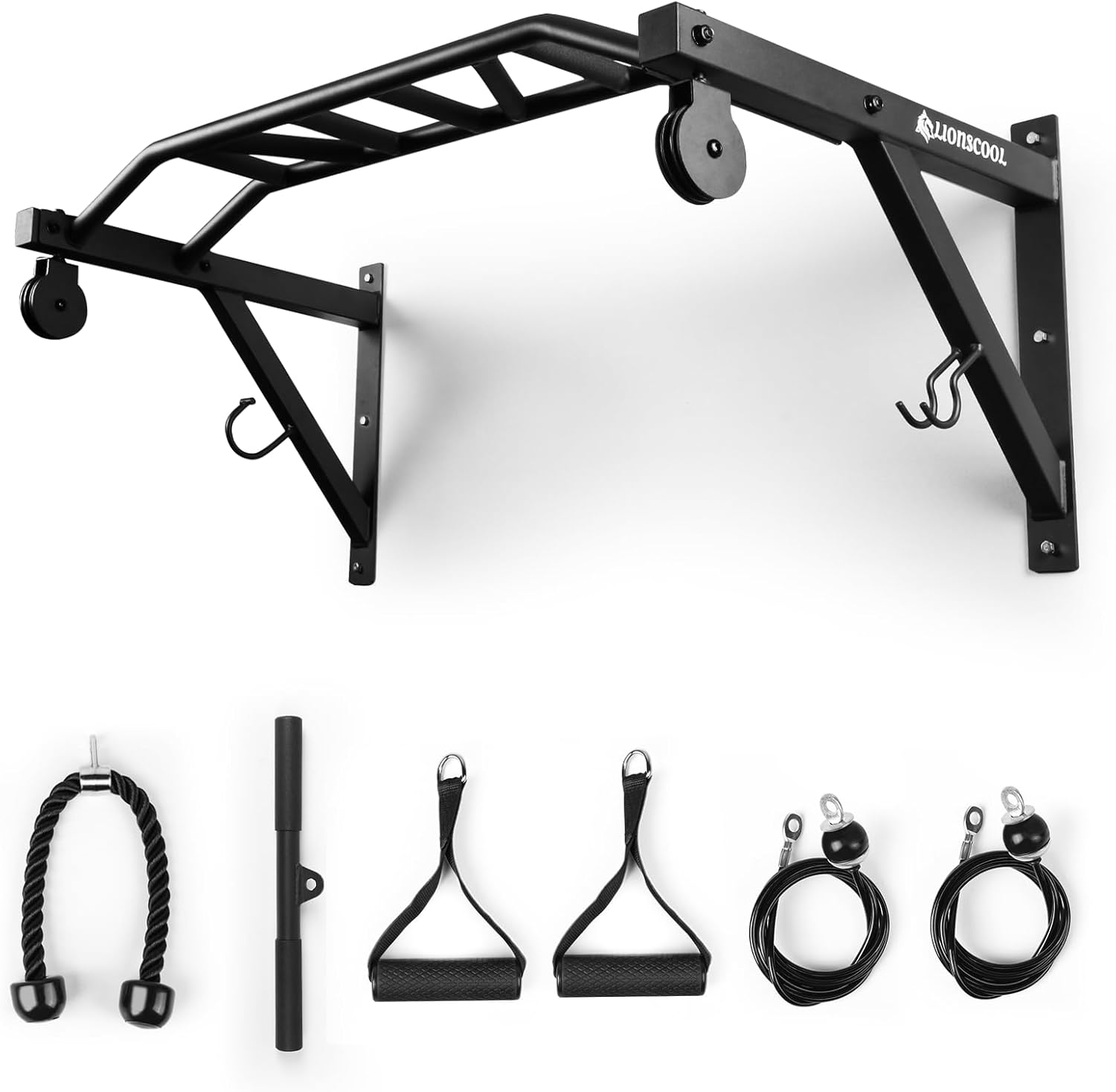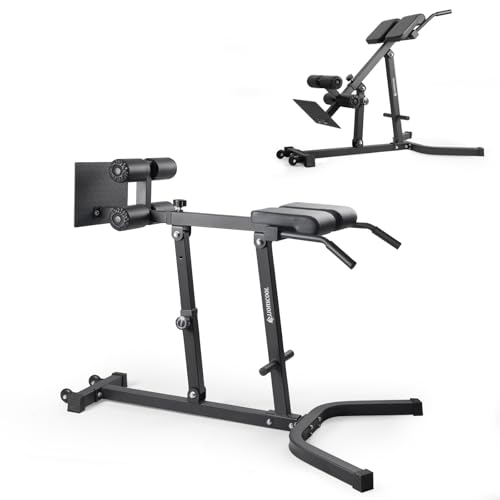How to Do the Seated Dumbbell Lateral Raise
The seated dumbbell lateral raise is a powerful isolation exercise that targets the lateral deltoid muscles, helping you build broader, more defined shoulders and improve overall upper body aesthetics. This guide covers everything you need to know about the exercise, including benefits, proper form, tips, and answers to common questions.
What Is the Seated Dumbbell Lateral Raise?
A dumbbell lateral raise involves lifting dumbbells from your sides up to shoulder height or higher, with your arms extended and a slight bend at the elbows. This exercise primarily targets the three heads of the deltoid muscle:
- Anterior Deltoid: Raises your arm in front of the body.
- Medial Deltoid: Lifts your arm straight out to the side.
- Posterior Deltoid: Moves your arm backward, supporting posture and back strength
Benefits
- Isolates the Lateral Deltoid: Focuses on the side of the shoulder, creating a broader appearance and the coveted “V” shape.
- Reduces Momentum: The seated position limits body movement, ensuring the deltoids do most of the work.
- Improves Shoulder Stability: Strengthens the shoulder joint and surrounding muscles, reducing the risk of injury.
- Better Posture: Engages muscles that contribute to scapular stabilization, which can help improve posture.
How to Perform the Seated Dumbbell Lateral Raise
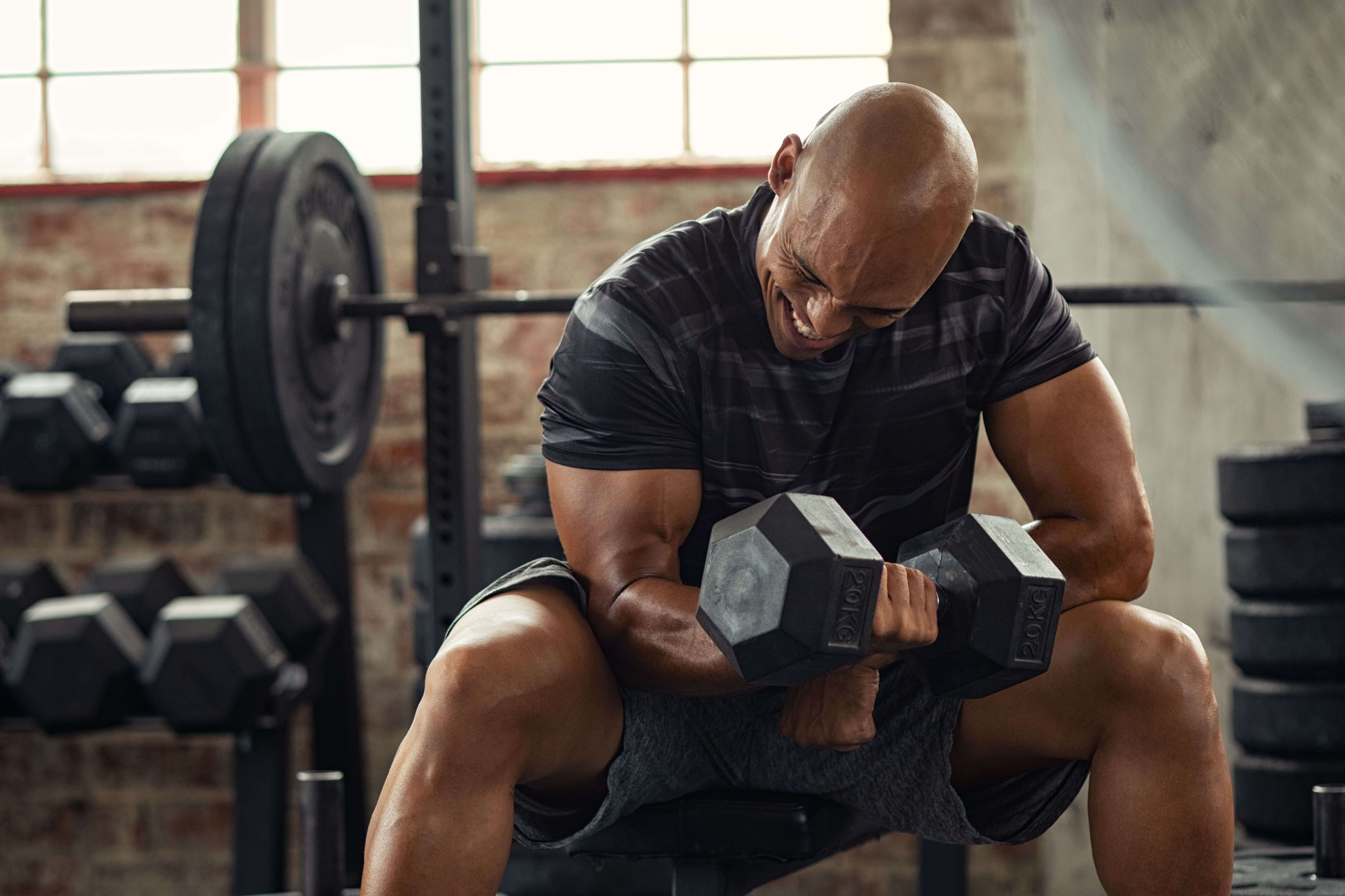
- Starting Position: Sit on the edge of a flat bench with a dumbbell in each hand, arms at your sides, feet flat on the floor.
- Grip: Hold the dumbbells with a neutral grip (palms facing inward).
- Raise the Dumbbells: With a slight bend in your elbows, raise the dumbbells out to your sides until your arms are parallel to the floor. Lead with your elbows and keep your wrists below elbow height.
- Pause: Hold at the top for a second, focusing on squeezing the shoulder muscles.
- Lower: Slowly lower the dumbbells back to the starting position in a controlled manner.
- Repeat: Perform the desired number of repetitions, usually 10-15 per set.
Key Tips for Proper Form
- Maintain a Slight Bend in Elbows: Avoid locking your elbows, but keep them nearly straight to reduce joint strain.
- Keep Your Back Straight: Maintain good posture throughout the movement.
- Avoid Momentum: Pause briefly at the bottom of each rep and avoid using your legs or swinging the weights.
- Use Full Range of Motion: Raise the dumbbells as high as you can while maintaining good form and comfort.
- Control the Negative: Lower the weights slowly to maximize muscle engagement.
Common Mistakes to Avoid

- Using momentum to swing the weights upward.
- Raising the dumbbells too high, which can stress the shoulder joint.
- Allowing the upper traps to take over the movement.
- Bending the elbows excessively or locking them out completely.
How Heavy Should the Dumbbells Be?
Choose a weight that allows you to perform 12-15 reps with good form. Too much weight increases the risk of poor technique and shoulder injury. For strength, start with lighter dumbbells and focus on muscle isolation before progressing to heavier loads.
Variations
- Standing Dumbbell Lateral Raise: Allows for heavier weights but increases the risk of using momentum.
- Leaning Dumbbell Lateral Raise: Further isolates the lateral deltoid.
- Cable or Machine Lateral Raise: Provides constant tension throughout the movement.
Sets and Reps Recommendation
- Beginners: 3-4 sets of 12-15 reps per session are ideal for building strength and muscle endurance.
- Advanced: Adjust sets and reps based on your training goals, but always prioritize form over weight.
|
Aspect |
Recommendation/Tip |
|---|---|
|
Starting Position |
Sit upright, feet flat, dumbbells at sides |
|
Grip |
Neutral, palms facing inward |
|
Range of Motion |
Raise to shoulder height or higher with good form |
|
Weight Selection |
Light to moderate; 12-15 reps with proper technique |
|
Sets & Reps |
3-4 sets of 12-15 reps |
|
Alternatives |
Cable, resistance band, kettlebell lateral raises |
Recommended Equipment for Your Dumbbell Lateral Raises
To get the most out of your seated dumbbell lateral raises, using adjustable and durable dumbbell handles can be a game-changer. The Lionscool Loadable Olympic Dumbbell Handles (16” and 20”) offer heavy-duty steel construction, a secure knurled grip, and compatibility with all standard 2-inch Olympic plates. These handles allow you to customize your weights easily, making them ideal for progressive overload and varied training routines.
Conclusion
The seated dumbbell lateral raise is an essential exercise for anyone looking to build strong, defined shoulders. By following proper form and incorporating the tips above, you can maximize your shoulder gains and reduce injury risk. Add this movement to your routine for balanced shoulder development and improved upper body aesthetics





